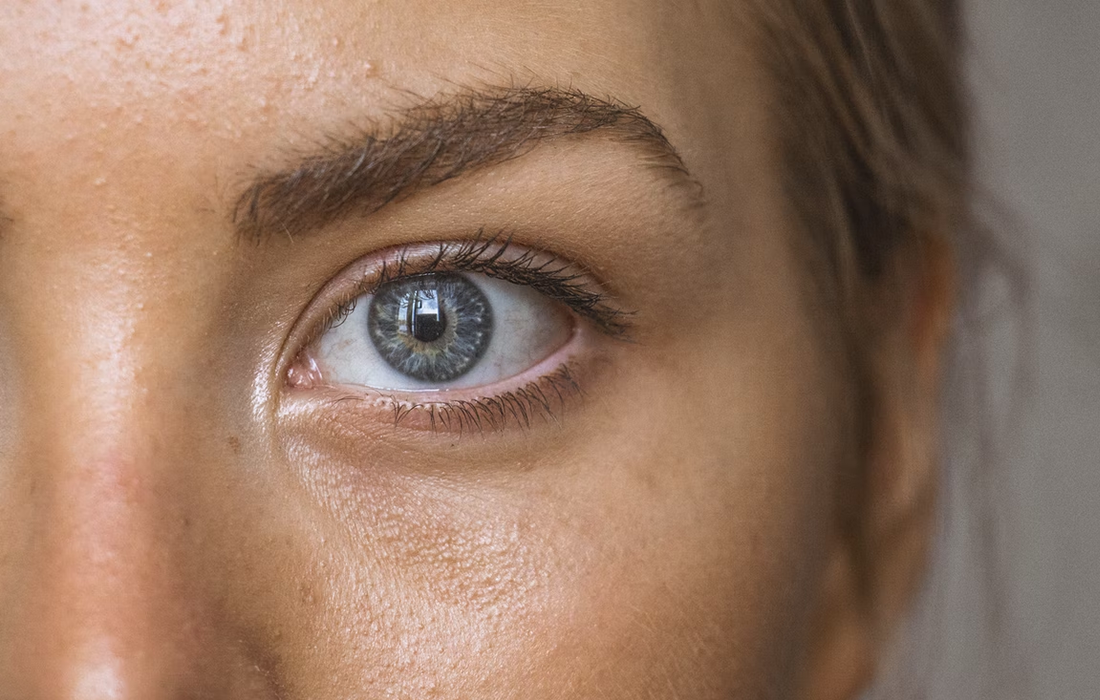Anti-Aging
Skin Microbiome Could Help Combat Skin Aging
During the last decade, there has been an increased appreciation of the influence of the host microbiome composition and functionalities on human cellular processes, such as gut and skin health and immunity, but also visible aging of the skin. During aging, the human skin changes macroscopically and microscopically.
Wrinkle formation, reduced elasticity and wound healing, as well as reduced barrier function, are some of the hallmarks of this process.
What Is the Skin Microbiome?
The human skin is inhabited by a large number and variety of microorganisms, including bacteria, fungi, and viruses. The impact of these microorganisms on skin health and skin aging becomes more and more evident.
Recently, a number of studies have investigated the changes in the skin microbiome associated with skin aging and therapeutic intervention. In general, the findings of these studies showed that the skin microbiome consists of a number of microbial genera that are consistently found in all humans (notably species from Staphylococcus, Cutibacterium, Corynebacterium, and Acinetobacter) but that the exact composition is influenced by, amongst others, body site, gender, geographic location, and age.
Commensal microbial communities on the skin, also known as the skin microbiome, do not cause disease and benefit the body. They may be fixed or exist temporarily on the skin.
The skin microbiome interacts with the body’s immune system and may affect its functioning. And the immune system regulates the makeup of the skin microbiome.
New Research Study
A recently published study in the journal PLOS One has identified bacterial pathways associated with skin aging. The data demonstrated that the main bacterial pathways related to aging involve the production of skin pigment, fatty acids, and ceramides.
The study set out to understand the connection between the body’s cellular processes, called co-metabolism, and genes, or bacterial functionalities, involved in skin aging. The researchers used 16S ribosomal RNA sequencing testing from cheek samples of female participants with various age-related skin changes to confirm the changes to the skin microbiome composition seen in other studies.
The team took skin swab samples, one from each cheek, from 25 healthy female participants of European descent in Belgium. The participants fell into two age groups, one aged 20–28, and the other aged 59–68.
The study excluded participants with conditions and external factors related to skin aging, such as acne, eczema, psoriasis, use of medications within 1 month of the study, smoking, tanning or sunbathing, and drinking more than 3 servings of alcohol per day.
The results show that the main bacterial pathways associated with aging skin are those involved in the production of pigmentation intermediates, fatty acids, and ceramides. The researchers also determined that bacterial enzymes involved in protein glycation were associated with skin aging.
What Can You Do to Improve Your Skin Microbiome?
- Don’t over-sanitize. This can upset the balance of the microbiome if you clean your skin too much, especially if you use a lot of antibacterial products.
- Use a good moisturizer. This gives the skin barrier a boost. It’s especially helpful for certain skin conditions, like eczema or psoriasis.
- Eat a balanced diet. Research suggests that microbes in the gut also affect the skin. Eat plenty of plant-based foods. They have a high prebiotic content that good bacteria really like.
- Exercise. Physical activity is good for all aspects of health and it can also change the gut microbiome in a good way, which in turn benefits your skin.
- Treat medical conditions. Skin problems are common when you have certain unmanaged health issues.
- Quit smoking. Cigarette smoking is bad for the body in many ways, and some studies have shown that it can cause inflammation and disrupt the skin microbiome.
Sources:
Alkema W, Boekhorst J, Eijlander RT, Schnittger S, De Gruyter F, et al. (2021) Charting host-microbe co-metabolism in skin aging and application to metagenomics data. PLOS ONE 16(11): e0258960. https://doi.org/10.1371/journal.pone.0258960
Lori Uildriks. (2021, Nov 11). Harnessing the skin’s microbiome could help combat skin aging. Medical News Today. Retrieved from:
https://www.webmd.com/skin-problems-and-treatments/skin-microbiome
Image from:
Photo by Amanda Dalbjörn on Unsplash

